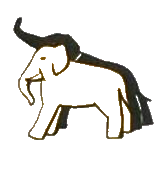Photography and Entrapment
Photography and entrapment both articulate relations across difference. They also both often rely on mimetic strategies and lures. Traps, as well as photographic devices, make use of delay mechanisms, triggers, and action-at-a-distance. They alter notions of space and time around them in specific, trap-like, ways. Like photographs, traps are signs that refer to relations: a trap stands in for its creator and it represents parameters of its victim’s behaviour. A theory of photography based on its trap-like qualities would be able to account for the violence inscribed in photographic relations and at the same time acknowledge its capacity for generating bonds across the gaps that occur between different perceptual, psychological and cultural environments. The practical base of this research project involves the laying of traps for the camera. These are devices that make the photographic visible by performing specific material and conceptual operations. The images I make can be the results of the experiments I carry out with the traps I design, as well as explorations of how photographs can work as mind-traps, ensnaring viewers in different ways. I have also been staging situations in which I set up an experimental apparatus and then allowed collaborators to interact with it, inviting them to work the trap.
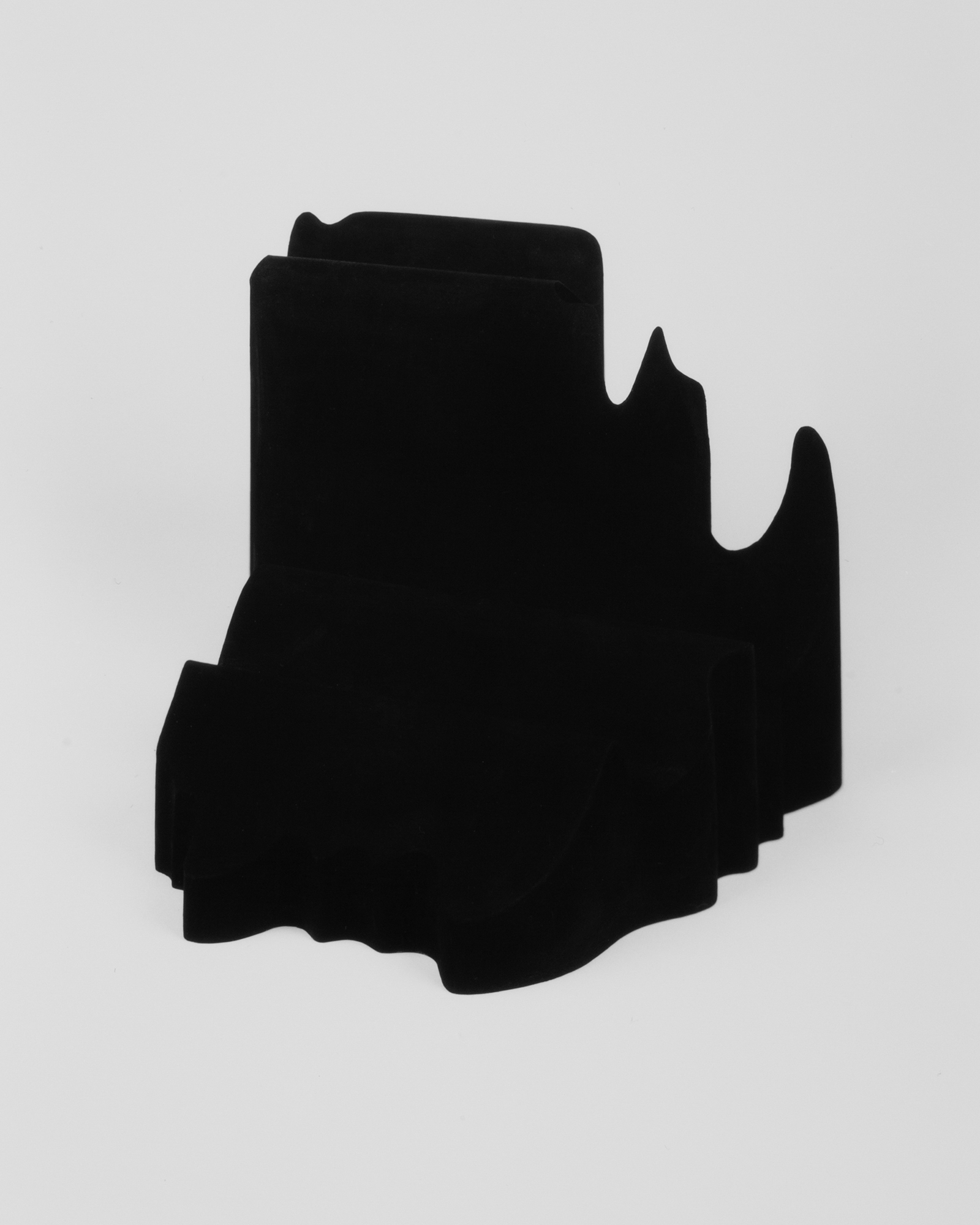
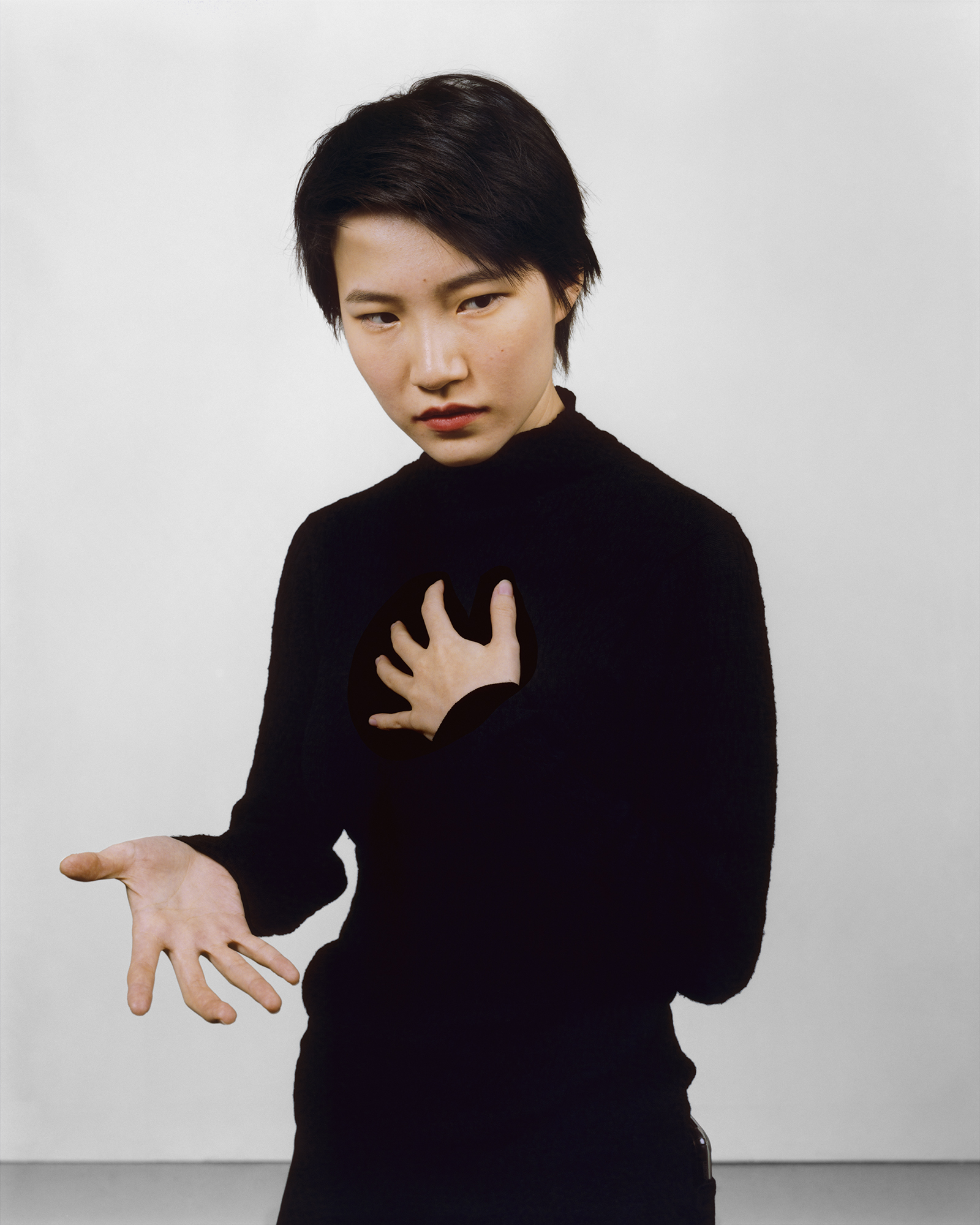
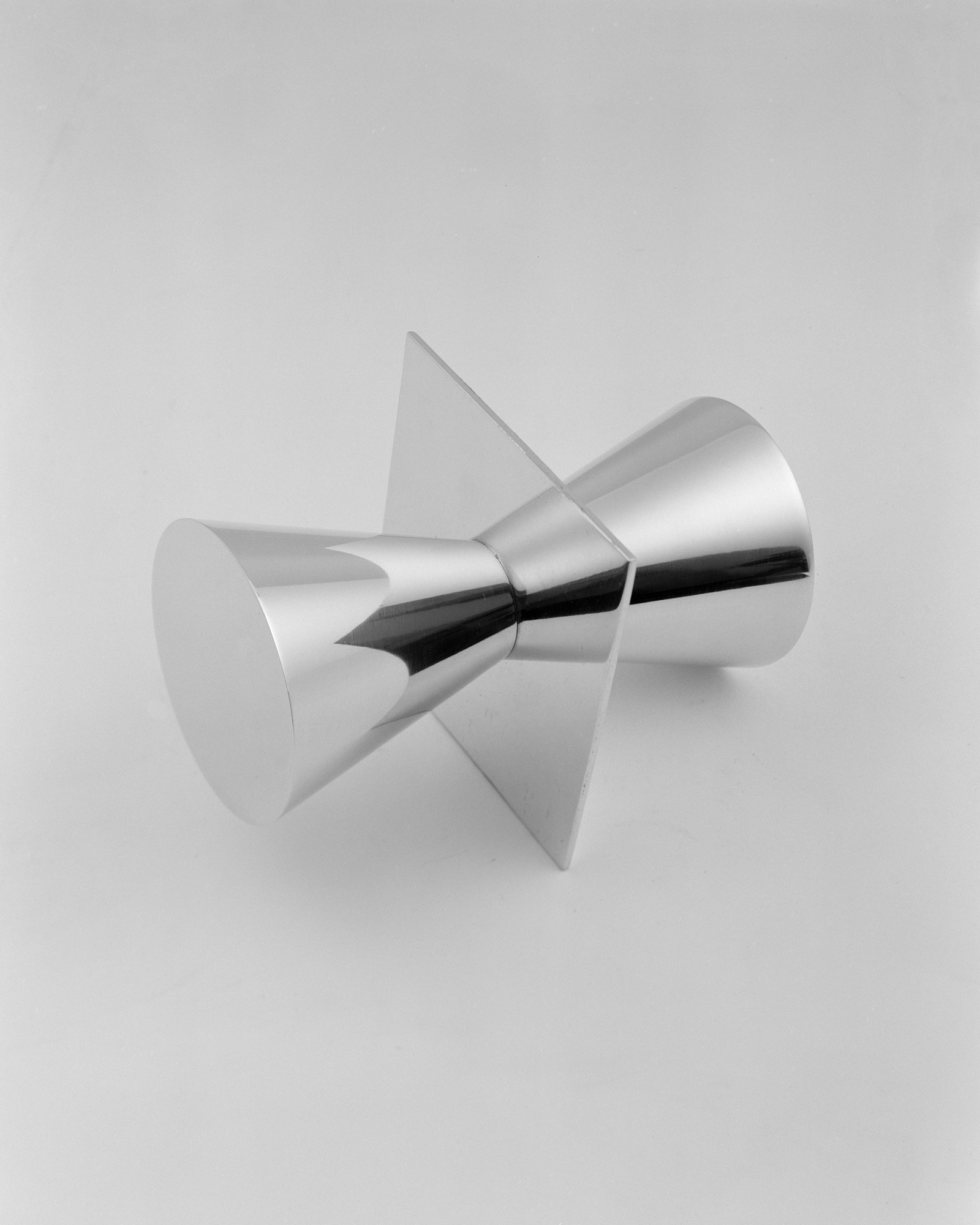

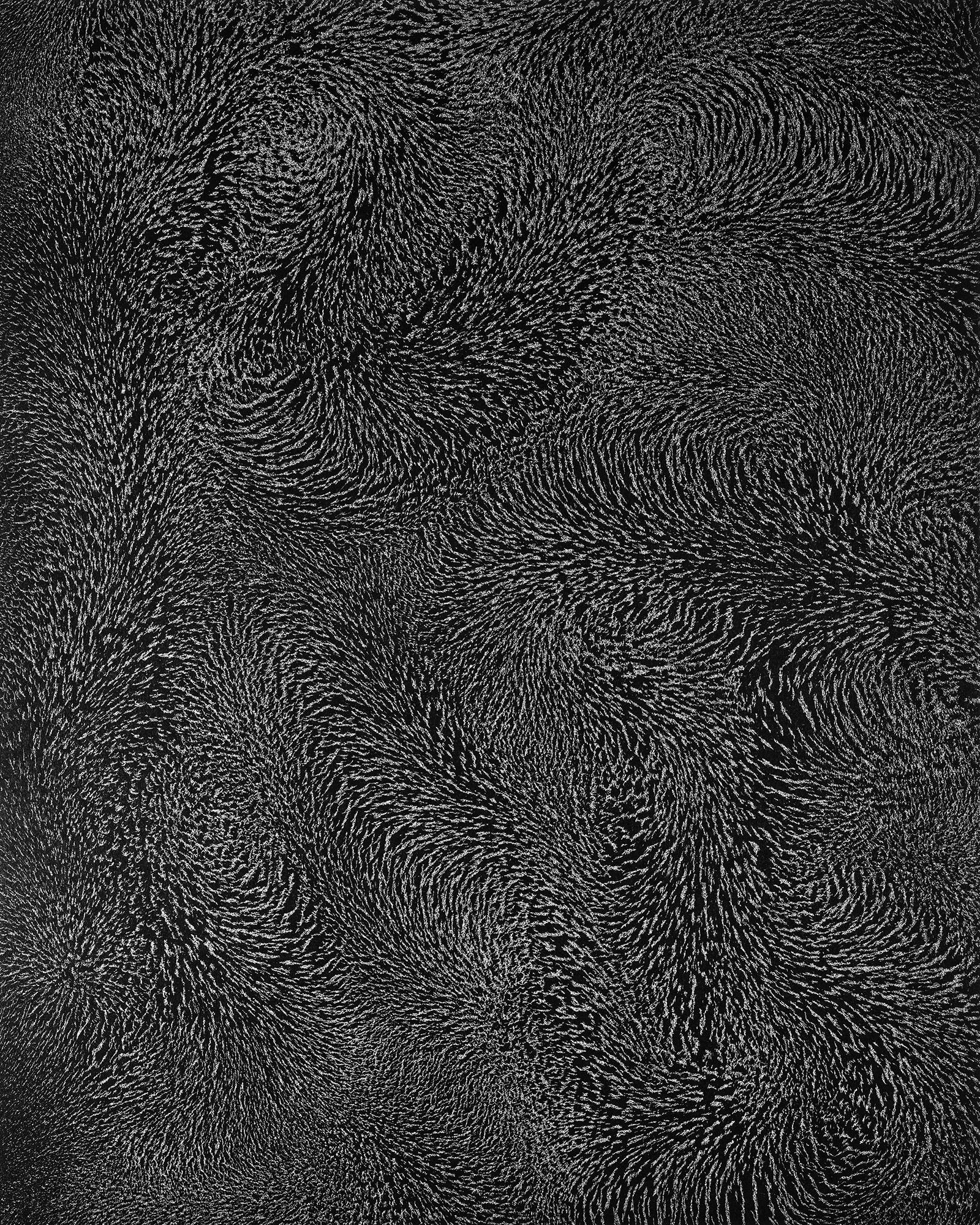
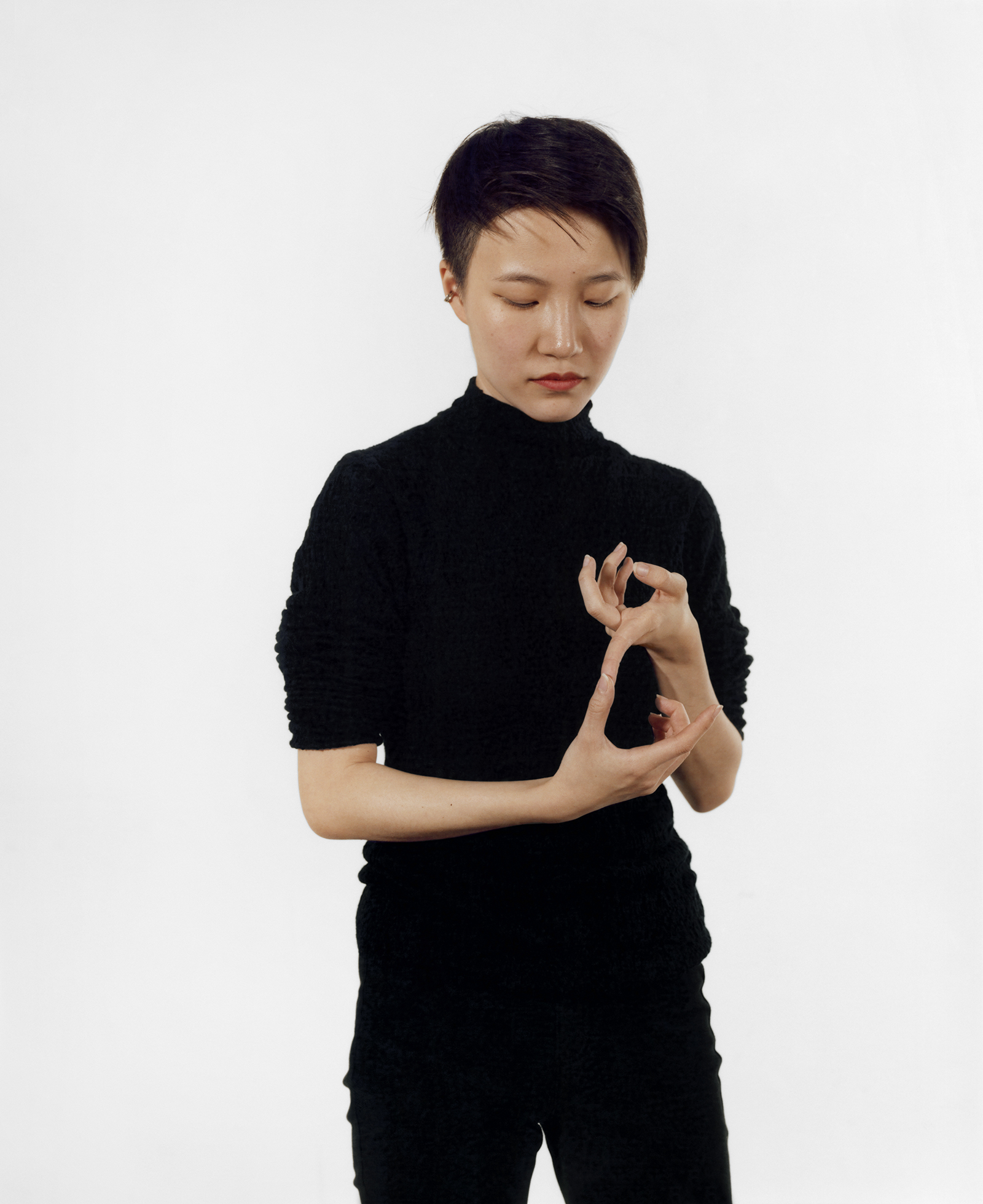

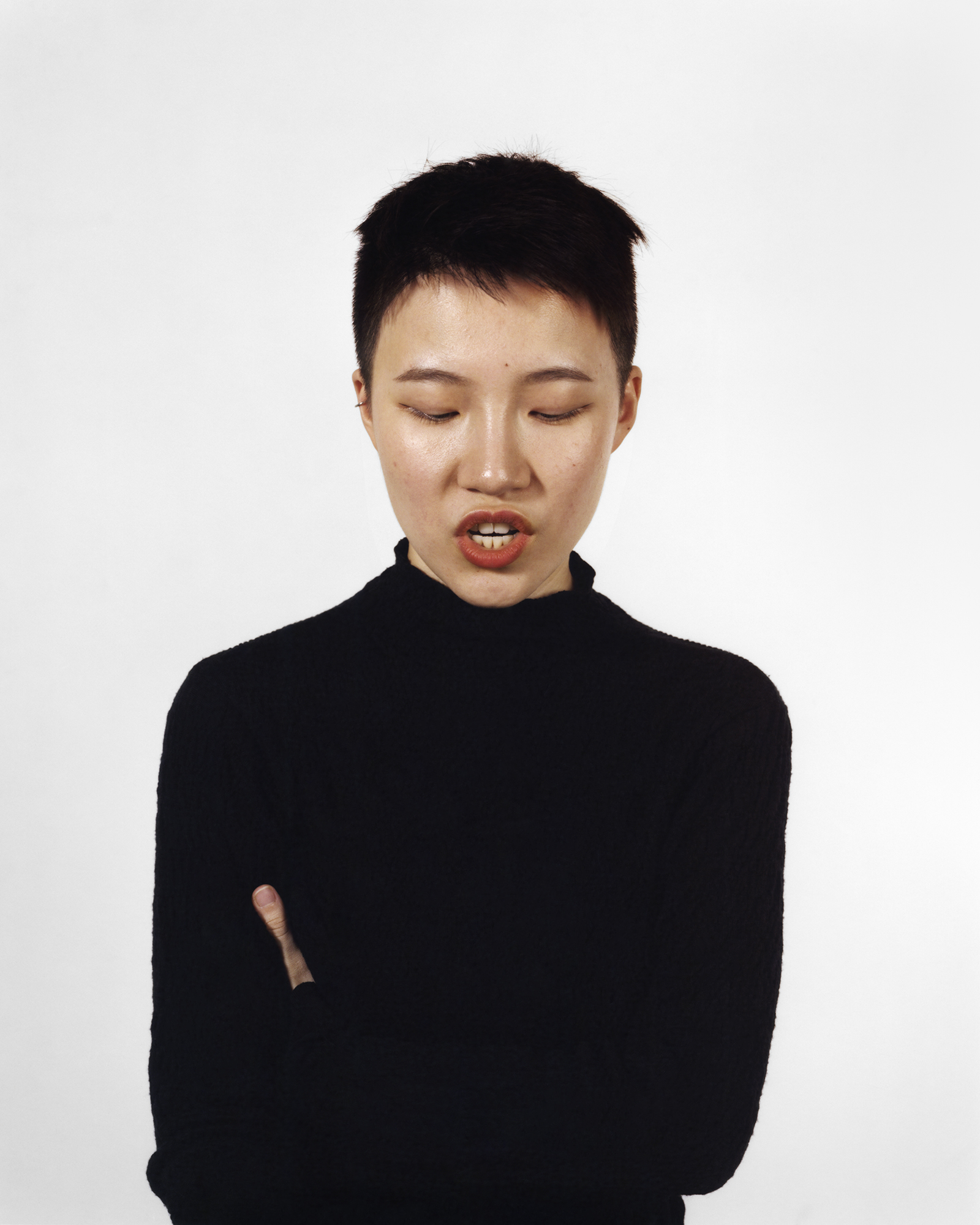
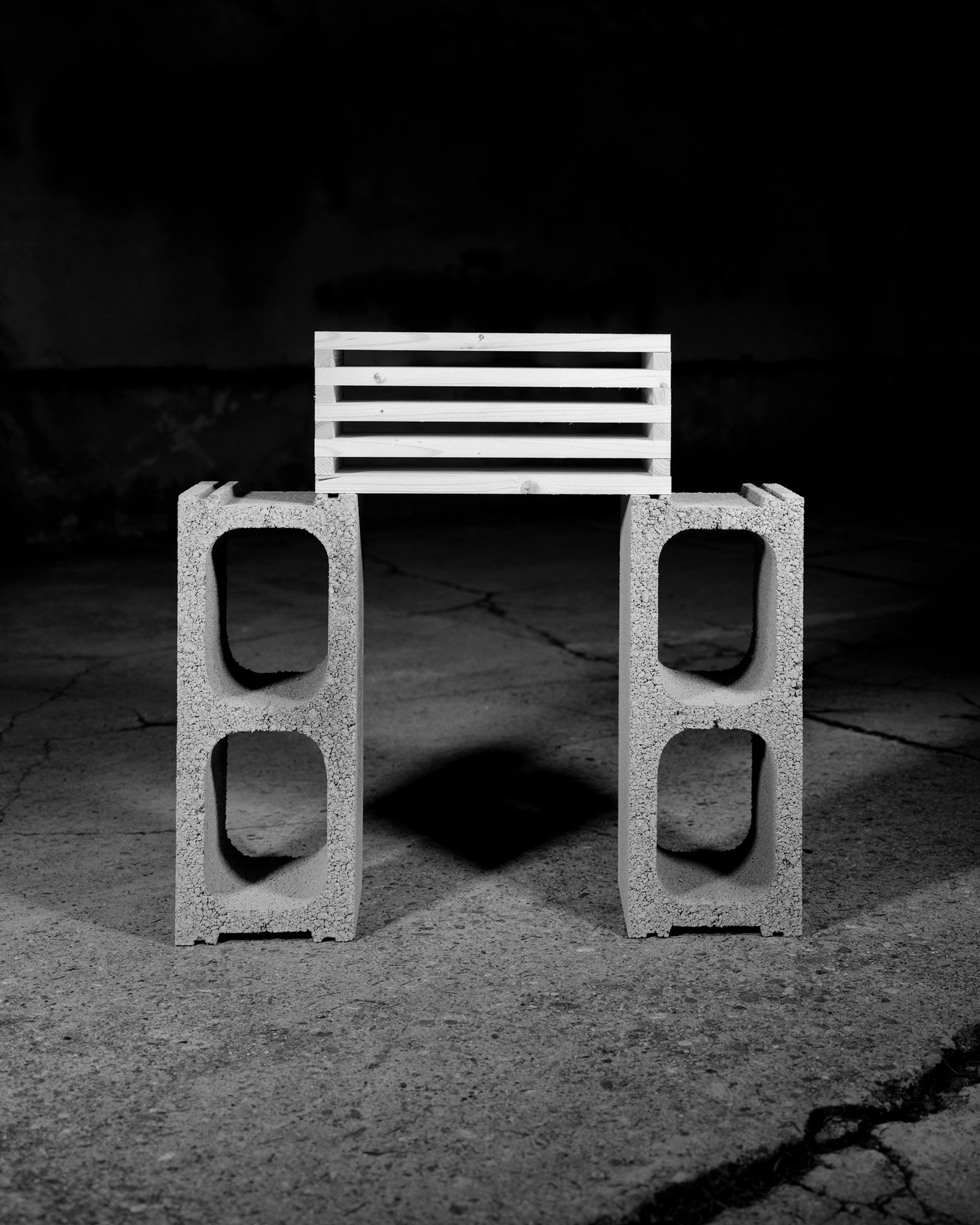
2
